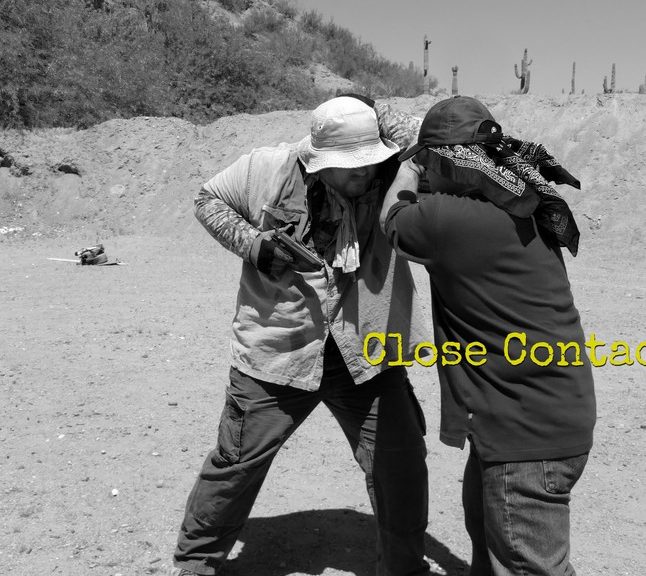One of the insidious problems facing those of us in the self-defense community is that far too many people have an extremely narrow view of what we face when dealing with violent criminal assault. Too many people seem to think that said assault will look a certain predictable way, and base their training plans on that assumption.
If you think I am exaggerating, then let me repeat some clichés that get tossed around in the training community to prove it.
“The gunfight will be 3 rounds at 3 yards and last no longer than 3 seconds”. This is a popular one. People love to repeat this one, and use it to justify their own level of competence. The problem is that these numbers are an average at best, and what seems to be lost is that an average is just a line that is even between all the results (pedantically speaking, that is actually a median, but everyone tends to think of average this way regardless). Which means that there is an equal number of instances where the numbers are greater than 3 – longer distance, more rounds, and longer time, as well as an equal number of scenarios where they are less – i.e. closer than 3 yards, less than 3 rounds and shorter time than 3 seconds. And that there are very, very few instances that actually take place at that mid-line result, which means if you are training to that standard, it will almost never arise!
Another one in particular that annoys me badly is this: “All fights start on your feet”. This was created and has taken on a life because of the pushback to the demonstrated real world success of grappling. It serves to make those who cannot grapple and are not willing to put their ego aside to get some training in it feel better and smug about not grappling. It sounds reasonable at first. Except for the salient fact that no, in all actuality, not all fights start on your feet. Many, many of them begin elsewhere. We can easily search for documented incidents, including videos where violent situations begin in a car or a bus, or a restaurant booth, or a barstool, an airplane seat, or even when the victim is lying down. To make the huge assumption that all attacks will only begin when we are standing upright is to set us up for failure at the moment when we cannot afford to fail.
Take a look at this bus driver. Note where the fight started.
And not to let grapplers off the hook – they don’t get a free pass. They can be susceptible to this as well. The one that is particularly egregious is the “well, I know that move (something inverted or a guard pull or something along those lines) is fine for competition and training but it is not a street move”. Again, this is a false assumption that the attack will be starting on our feet in a wide open parking lot by someone who looks like a bad guy that we see coming from 50 yards away. There are those, sure, but far more are the ones that don’t fit there. Just as I talked about above where you are an Uber driver and your passenger decides to assault you for your Iphone that is prominently displayed on the dashboard, or the bus driver attacked while in the driver’s seat. Guess what? Inverted moves where you are in a 360 degree environment and can put your feet on seats and dashboards and car roofs make those moves incredibly effective and useful. Or the insipid advice to never pull guard. What if the attack happens on a icy or rain slicked surface? Ever tried to maintain footing there? You know where you will probably end up anyway? You guessed it. The ground. Where you would have been in a far stronger and more aggressive position if you and pulled guard (and no, this is not me telling everyone to pull guard in a streetfight every time. It is a contextual reason why it may very well be a really smart tactic, not a universal one).
To sum up, don’t assume how your fight is going to look. Take a realistic view of how fights may plausibly look, and prepare accordingly. Don’t settle for platitudes that accomplish nothing.

